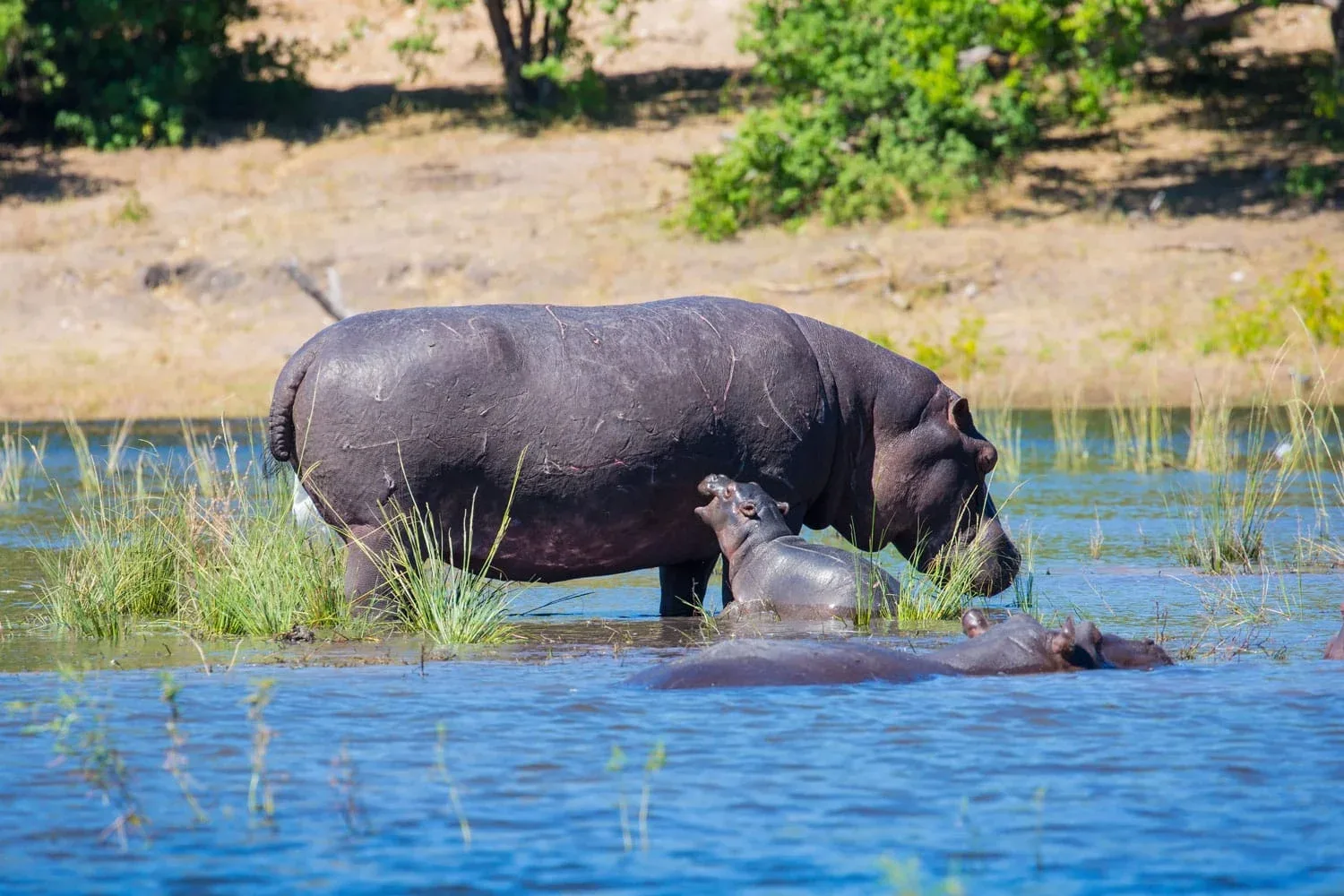
Call Us For Help!
+254 713 380 337
Address
Mombasa Rd., Pacific Crest Mall, 3rd Floor, RM 23
Mail Us
info@exodussafaris.com
- Safaris & tours
TOP DESTINATIONS
- Destinations
- Experiences
- About Us
- Blog
+254 713 380 337
Mombasa Rd., Pacific Crest Mall, 3rd Floor, RM 23
info@exodussafaris.com
Exodus Safaris extends an invitation to travelers seeking a more intimate and immersive experience in the heart of Africa’s wilderness with their specialized walking safaris. These unique journeys offer adventurers the opportunity to connect with nature on a deeper level, allowing them to explore Africa’s diverse landscapes and encounter its iconic wildlife on foot. Led by experienced guides with extensive knowledge of the local terrain and wildlife, Exodus Safaris’ walking safaris promise an unforgettable adventure filled with thrilling encounters, breathtaking scenery, and moments of tranquility amidst the African bush.
Tailored to cater to all levels of fitness and interests, Africa walking safaris with Exodus Safaris encompass a range of destinations across the continent, each offering its own distinct charm and allure. From the vast savannahs of the Serengeti to the dense forests of Uganda and the rugged mountains of South Africa, travelers have the opportunity to embark on guided walks through diverse ecosystems, learning about the intricacies of the natural world while observing wildlife in its natural habitat. With a focus on sustainability, safety, and conservation, Exodus Safaris’ walking safaris provide a responsible and authentic wilderness experience that leaves a lasting impression on participants while supporting local communities and wildlife conservation efforts.
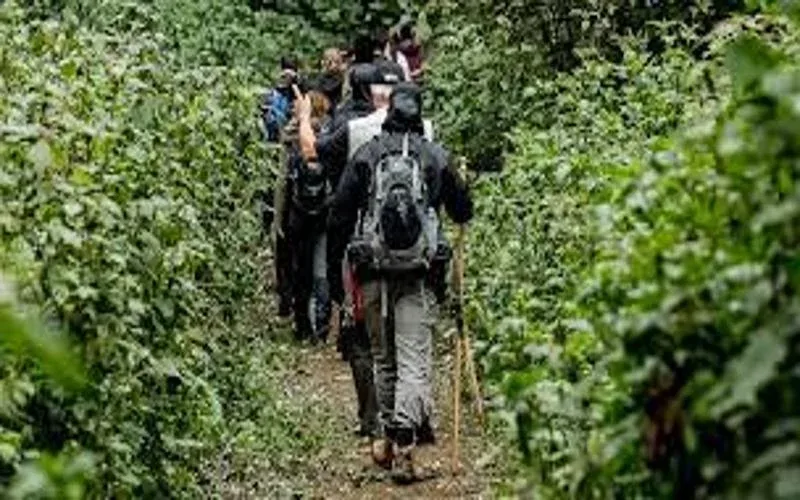 Participate in guided nature walks led by experienced safari guides. These walks offer opportunities to explore the African bush on foot, learning about the surrounding flora, fauna, and ecosystems. Guides provide insights into animal tracks, bird calls, and plant identification, enhancing the safari experience with educational and immersive elements.
Participate in guided nature walks led by experienced safari guides. These walks offer opportunities to explore the African bush on foot, learning about the surrounding flora, fauna, and ecosystems. Guides provide insights into animal tracks, bird calls, and plant identification, enhancing the safari experience with educational and immersive elements.
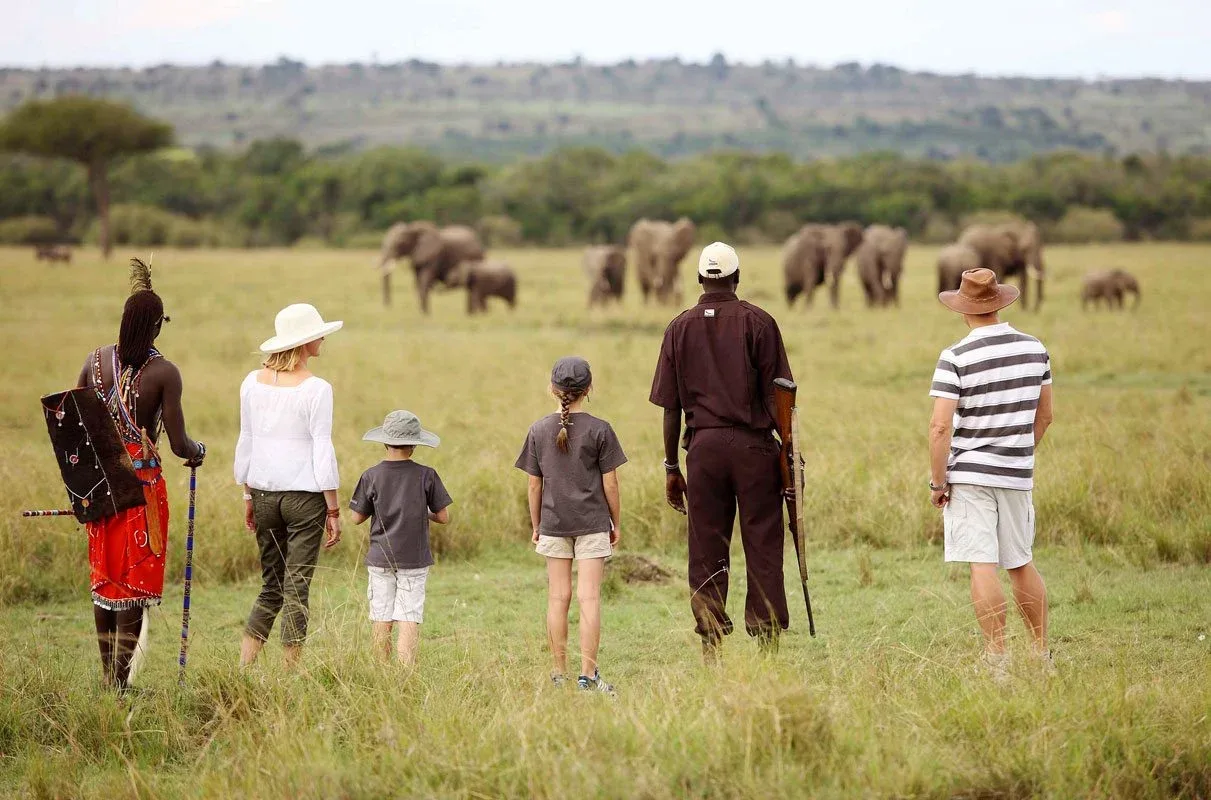 Enjoy wildlife viewing opportunities as you walk through diverse habitats. Spot iconic African animals such as elephants, giraffes, zebras, and antelopes in their natural environment. With expert guides leading the way, travelers have the chance to observe wildlife behaviors, learn about animal interactions, and appreciate the beauty of Africa’s fauna up close.
Enjoy wildlife viewing opportunities as you walk through diverse habitats. Spot iconic African animals such as elephants, giraffes, zebras, and antelopes in their natural environment. With expert guides leading the way, travelers have the chance to observe wildlife behaviors, learn about animal interactions, and appreciate the beauty of Africa’s fauna up close.
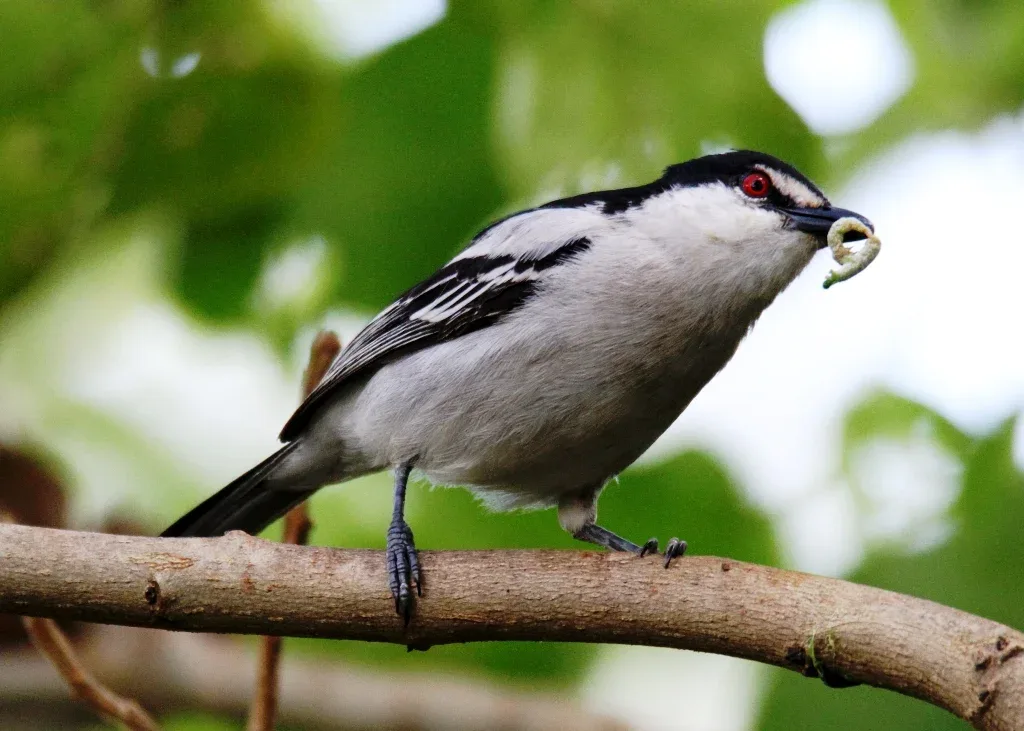
Engage in birdwatching activities as you stroll through bird-rich habitats. Africa is home to a vast array of bird species, including colorful songbirds, majestic raptors, and endemic birds. Walking safaris provide excellent opportunities for birdwatchers to spot and identify a variety of avian species, from perching birds in the trees to waterfowl along riverbanks.
Experience cultural interactions with local communities encountered along the way. Walking safaris often pass through rural villages and tribal lands, offering opportunities to meet indigenous peoples, learn about their traditions, and gain insights into their way of life. Engage in cultural exchanges, visit local markets, and participate in traditional activities for a deeper understanding of African cultures.
 Capture stunning photographs of the African landscape and wildlife as you walk through picturesque settings. Bring along your camera to document memorable moments, from sweeping savannah vistas and dramatic mountain ranges to close-up shots of wildlife encounters. Walking safaris provide ample opportunities for photography enthusiasts to capture the beauty and diversity of Africa’s natural wonders.
Capture stunning photographs of the African landscape and wildlife as you walk through picturesque settings. Bring along your camera to document memorable moments, from sweeping savannah vistas and dramatic mountain ranges to close-up shots of wildlife encounters. Walking safaris provide ample opportunities for photography enthusiasts to capture the beauty and diversity of Africa’s natural wonders.


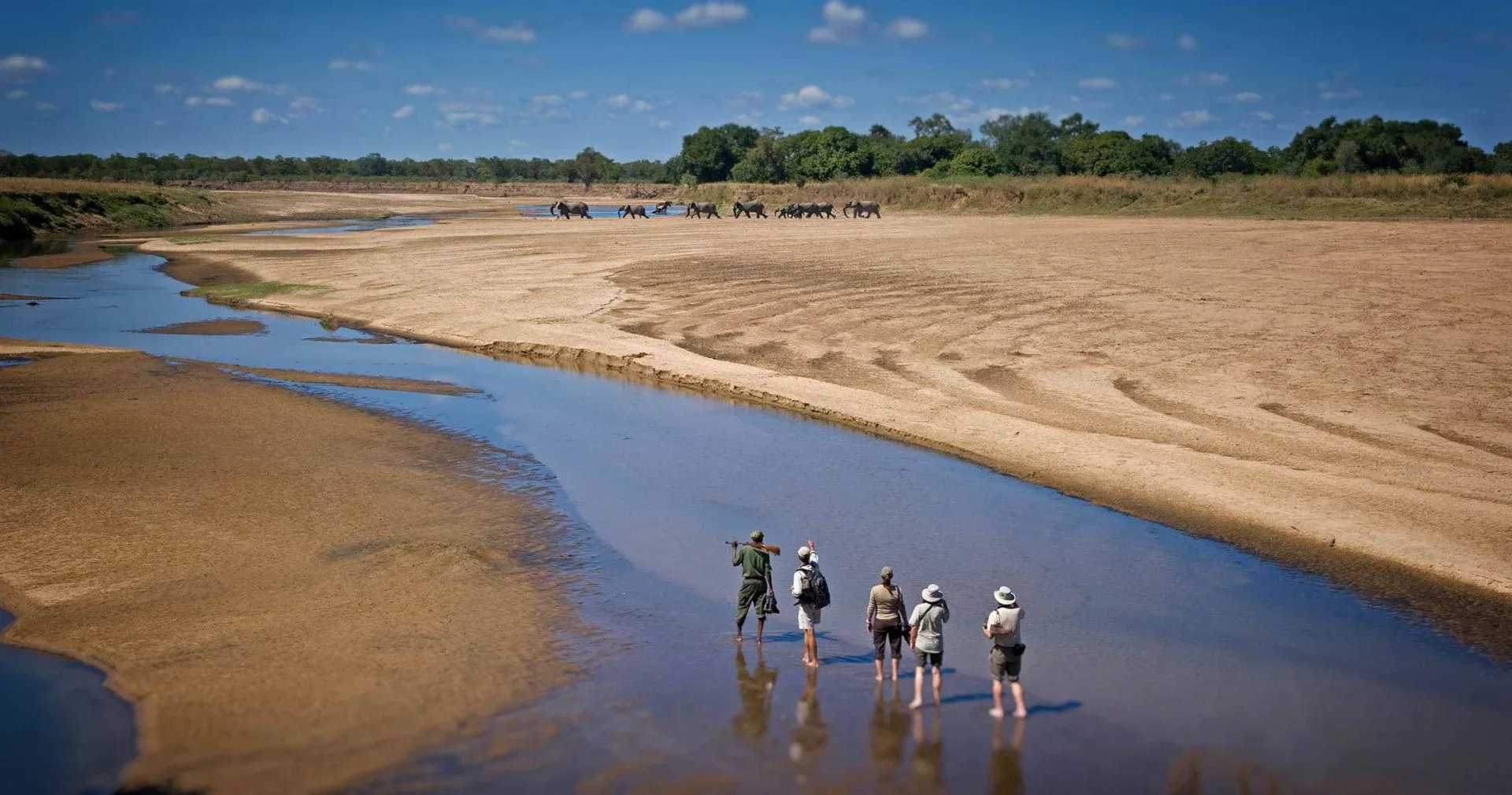
South Luangwa National Park, Zambia
January offers excellent walking safari opportunities in South Luangwa National Park. As the rainy season subsides, the park’s lush vegetation attracts a variety of wildlife, including elephants, hippos, and numerous bird species. Walking safaris provide a unique opportunity to explore the park’s pristine wilderness and observe wildlife up close.
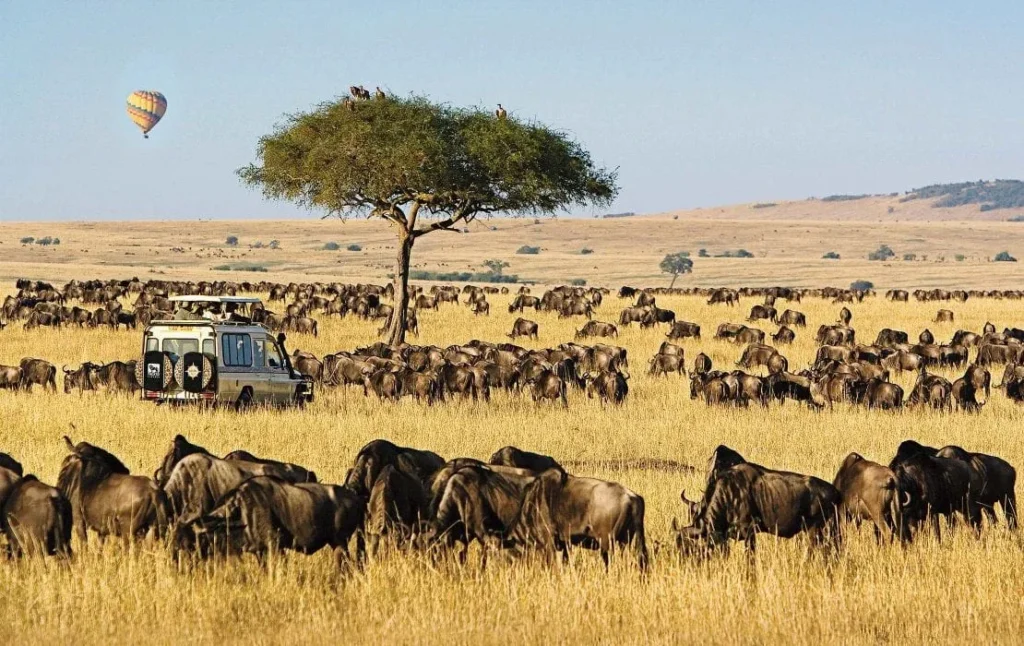
Masai Mara National Reserve, Kenya
February is a great time for walking safaris in the Masai Mara National Reserve. The dry season draws large concentrations of wildlife to the reserve’s plains, offering walkers the chance to encounter herds of wildebeest, zebras, and other herbivores. Walking safaris provide a more intimate and immersive experience compared to traditional game drives, allowing participants to appreciate the vastness of the Mara ecosystem.
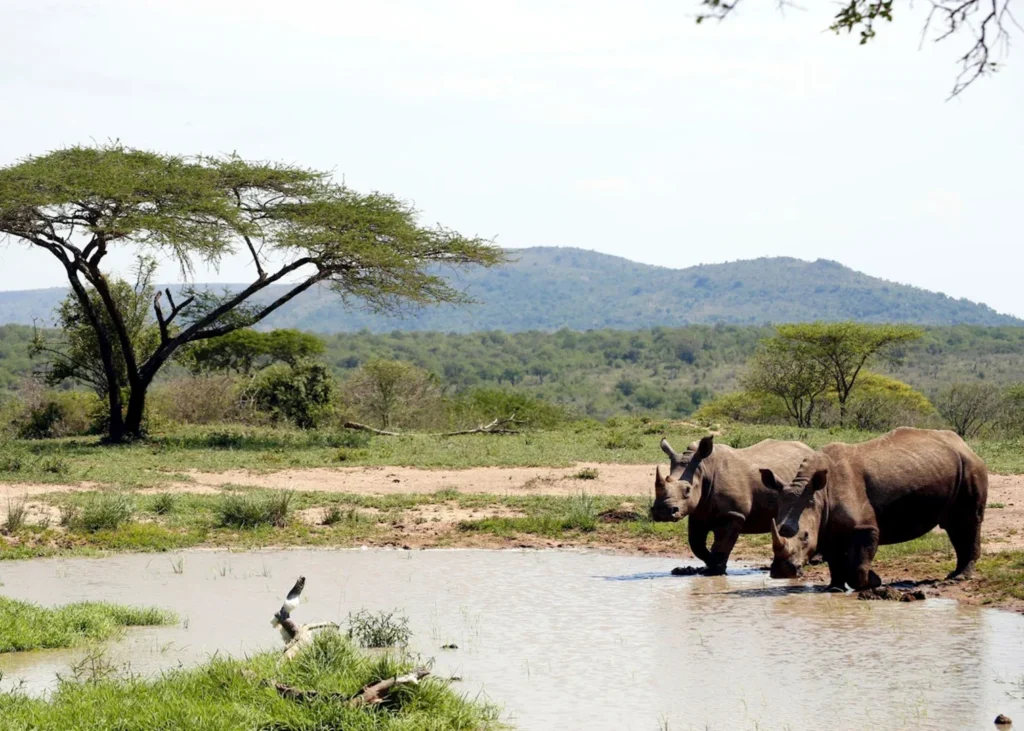
Hluhluwe-iMfolozi Park, South Africa
March marks the end of the rainy season in Hluhluwe-iMfolozi Park, making it an ideal time for walking safaris. The park’s diverse habitats, including savannah, forest, and wetlands, support a rich variety of wildlife, including the iconic Big Five. Walking safaris offer opportunities to track animals on foot and learn about conservation efforts in the oldest proclaimed game reserve in Africa.
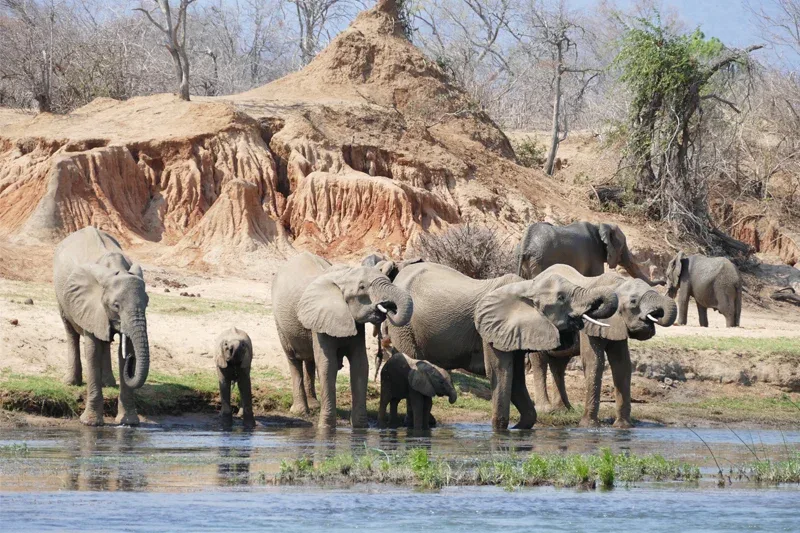
Lower Zambezi National Park, Zambia
April offers exceptional walking safari experiences in Lower Zambezi National Park. As the dry season progresses, wildlife congregates around the Zambezi River, providing walkers with the chance to encounter elephants, buffalo, and predators such as lions and leopards. Walking safaris allow participants to explore the park’s riverine forests and floodplains while enjoying close encounters with wildlife.
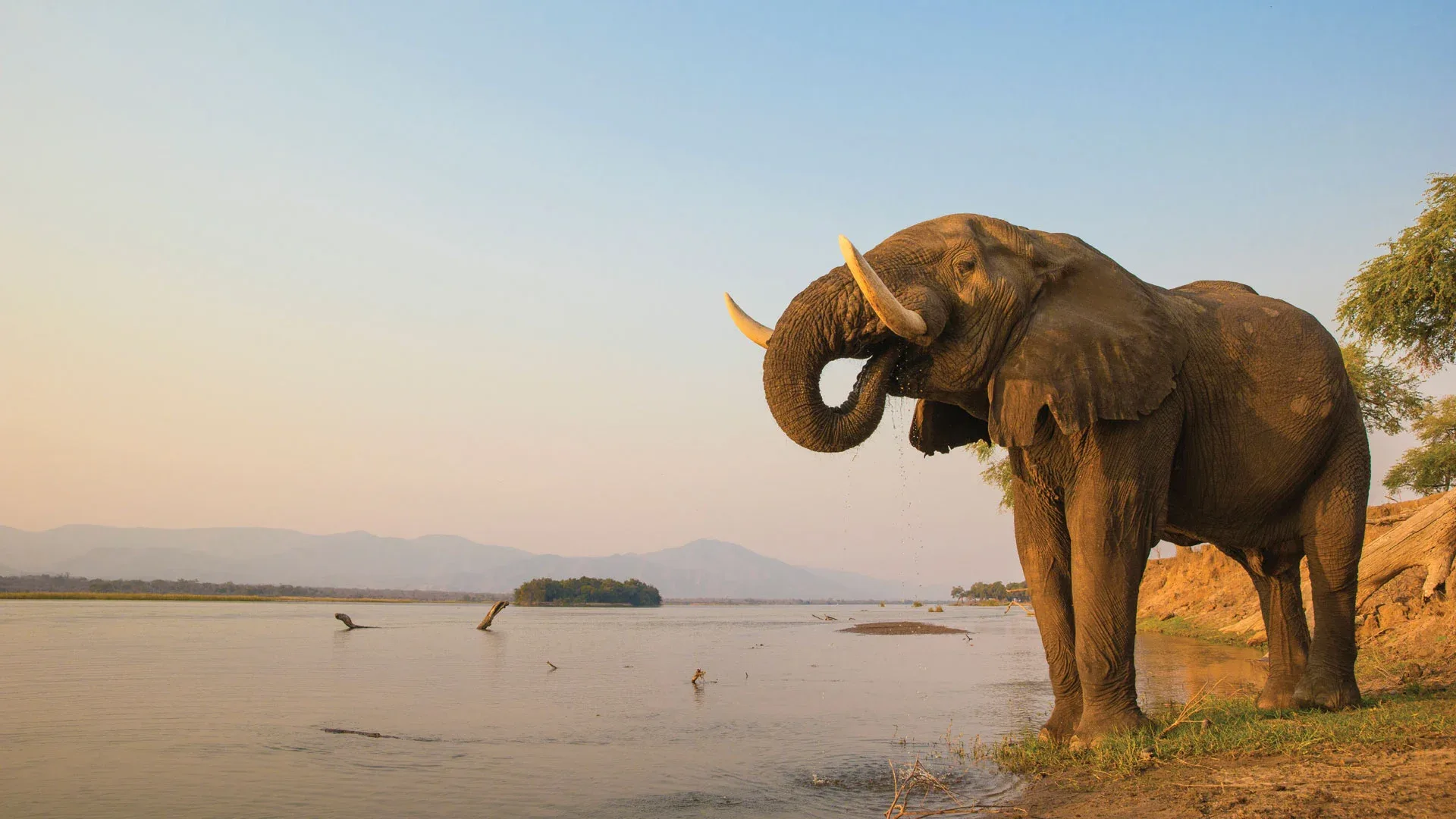
Mana Pools National Park, Zimbabwe
May is an excellent time for walking safaris in Mana Pools National Park. The park’s floodplains and woodlands attract large herds of elephants, as well as buffalo, antelope, and predators such as lions and wild dogs. Walking safaris offer opportunities to track wildlife along the banks of the Zambezi River and witness the beauty of the African wilderness.
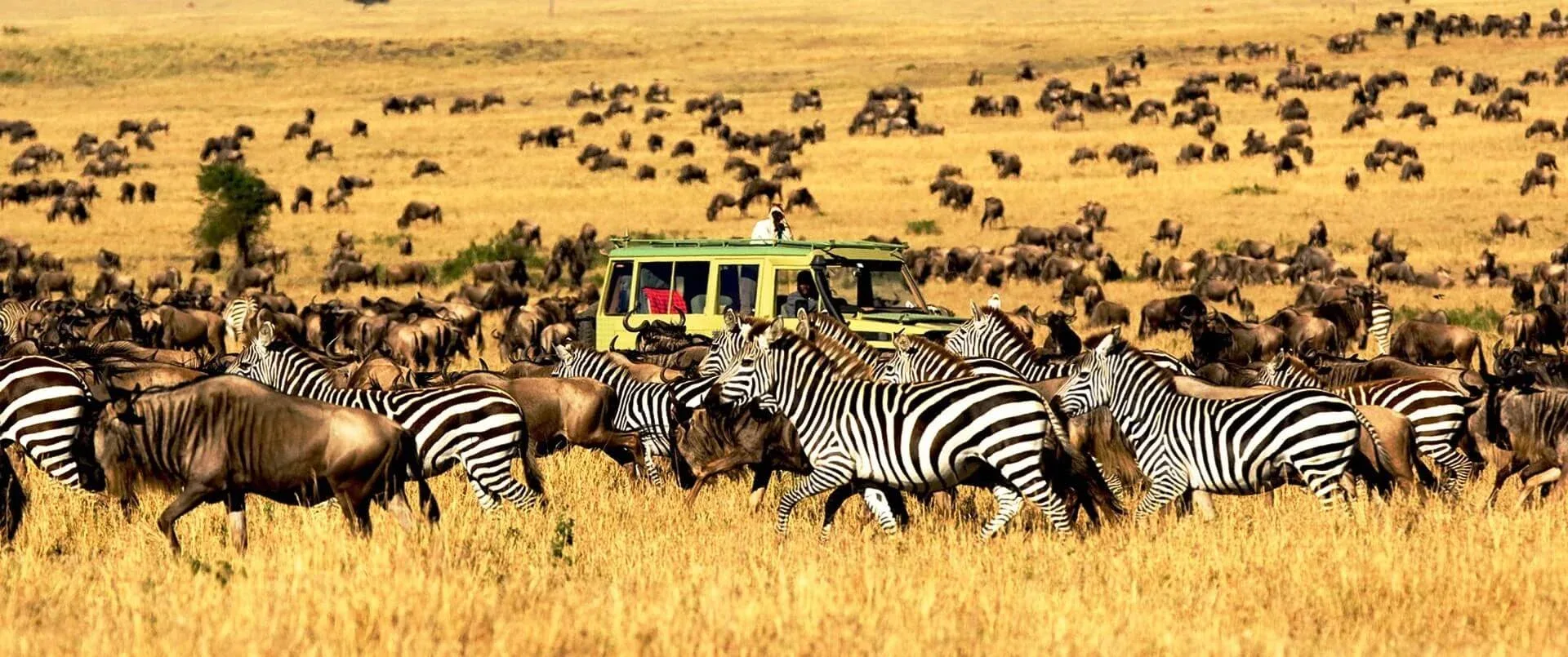
Serengeti National Park, Tanzania
June offers unforgettable walking safari experiences in the Serengeti National Park. As the dry season begins, vast herds of wildebeest and zebra gather in the park’s plains, attracting predators such as lions and cheetahs. Walking safaris provide opportunities to explore the Serengeti’s diverse habitats and witness the drama of the annual wildebeest migration up close.
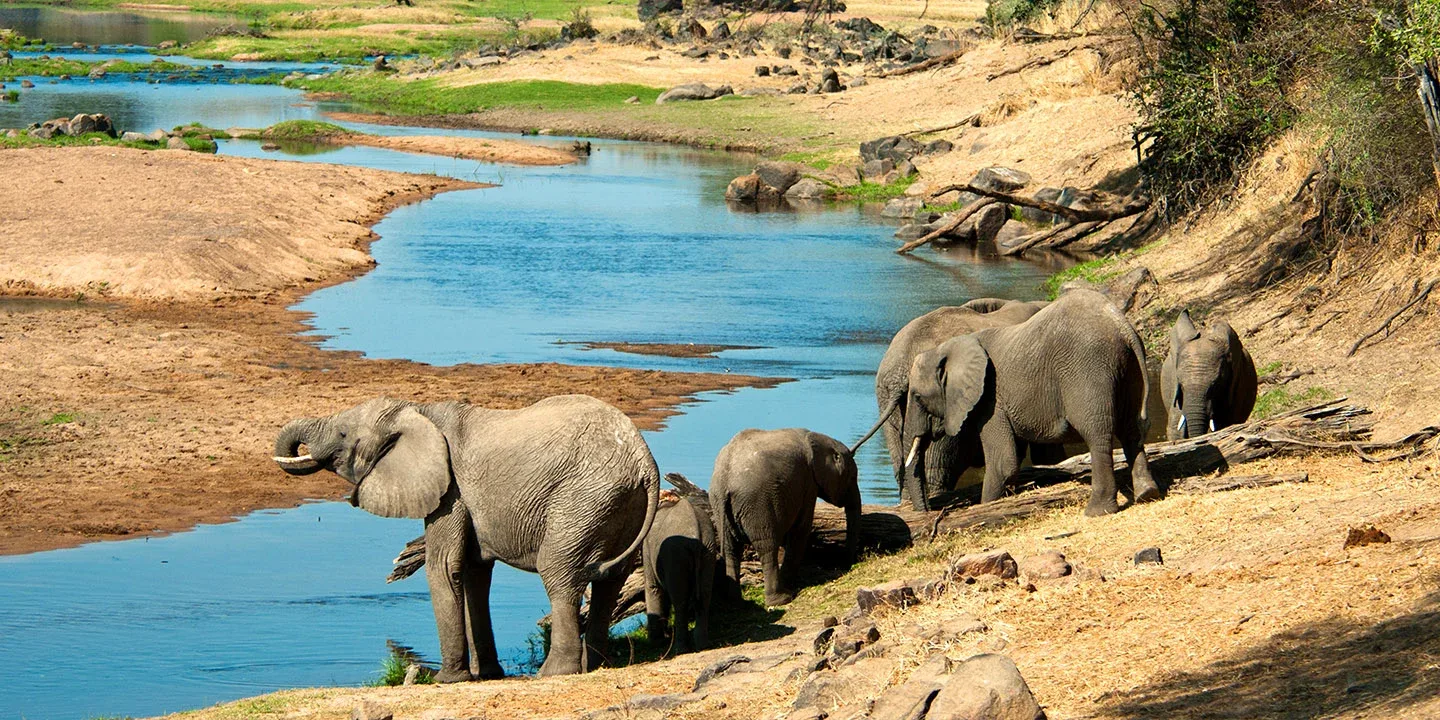
Ruaha National Park, Tanzania
July is an ideal time for walking safaris in Ruaha National Park. The park’s rugged terrain and varied landscapes support a wide range of wildlife, including large herds of elephants, giraffes, and antelopes. Walking safaris offer a unique perspective on the African bush, allowing participants to track animals, learn about the park’s ecology, and appreciate its natural beauty.

Okavango Delta, Botswana
August offers exceptional walking safari opportunities in the Okavango Delta. As the delta’s floodwaters recede, wildlife congregates around permanent water sources, providing walkers with the chance to encounter hippos, crocodiles, and a variety of bird species. Walking safaris allow participants to explore the delta’s islands and channels on foot, immersing themselves in one of Africa’s most pristine wilderness areas.
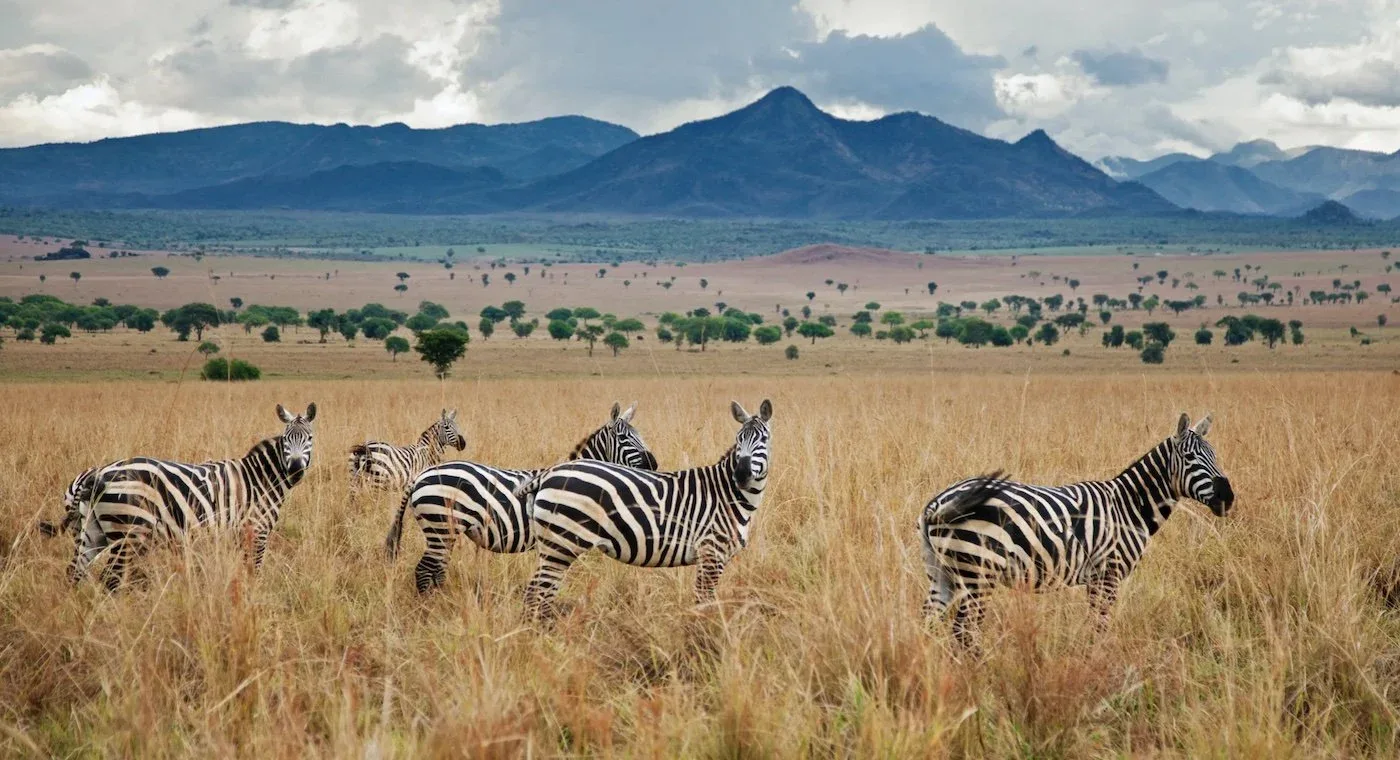
Ngorongoro Conservation Area, Tanzania
September is a great time for walking safaris in the Ngorongoro Conservation Area. The crater’s grasslands and forests support a high density of wildlife, including lions, elephants, and rhinos. Walking safaris offer opportunities to explore the crater floor and rim, as well as the surrounding highlands, while enjoying panoramic views of the surrounding landscapes.
Virunga National Park, Democratic Republic of the Congo
October offers thrilling walking safari experiences in Virunga National Park. Home to endangered mountain gorillas, as well as chimpanzees and other primates, the park’s forests provide a unique setting for walking safaris. Walking safaris allow participants to track gorilla families on foot and observe these magnificent creatures in their natural habitat.

South Luangwa National Park, Zambia
November is an excellent time for walking safaris in South Luangwa National Park. As the dry season progresses, wildlife becomes more concentrated around water sources, providing walkers with excellent opportunities for wildlife sightings. Walking safaris allow participants to explore the park’s riverine forests and open plains while encountering a variety of animals along the way.
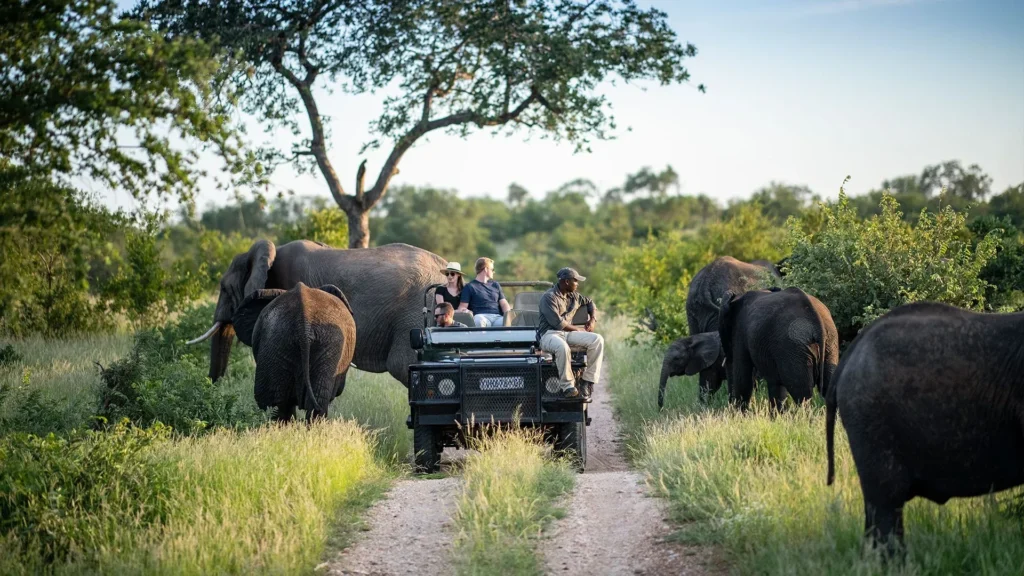
Kruger National Park, South Africa
December offers memorable walking safari experiences in Kruger National Park. As the summer rains begin, the park’s vegetation becomes lush and green, attracting a variety of wildlife. Walking safaris provide opportunities to track animals on foot and learn about the park’s ecology, history, and conservation efforts.
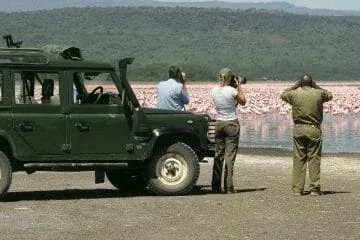
Birding Safaris in Africa
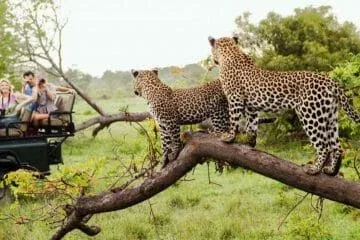
Big Five Safaris in Africa
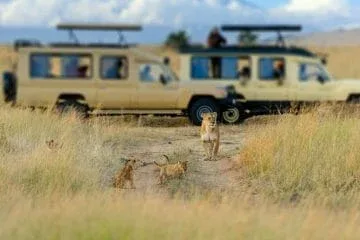
A walking safari involves exploring the African wilderness on foot, guided by experienced safari guides. Unlike traditional game drives where participants remain in vehicles, walking safaris provide a more intimate and immersive experience, allowing travelers to connect with nature up close and encounter wildlife on foot.
Yes, walking safaris are conducted by trained and knowledgeable guides who prioritize safety at all times. Guides are well-versed in wildlife behavior and lead walks in areas where risks are minimized. Additionally, safety briefings are provided before each walk, and groups are accompanied by armed guides as an added precaution.
Participants on walking safaris should bring comfortable walking shoes, lightweight clothing suitable for outdoor activities, a hat, sunscreen, insect repellent, a refillable water bottle, and a camera or binoculars for wildlife viewing. It's also advisable to pack a small backpack to carry essentials during walks.
While wildlife sightings on walking safaris vary depending on the location and ecosystem, participants can expect to encounter a wide range of animals, including elephants, giraffes, zebras, antelopes, and various bird species. However, it's important to remember that wildlife encounters are not guaranteed, as animals roam freely in their natural habitat.
Walking safaris cater to individuals of varying fitness levels, with options available for leisurely walks and more strenuous hikes. It's advisable to inform your safari operator of any physical limitations beforehand, so they can tailor the experience to your needs and preferences.
Walking safaris can range in duration from a few hours to multiple days, depending on the itinerary and preferences of the participants. Short walks may last a couple of hours, while longer safaris may involve multiple walks over several days, with accommodations provided at tented camps or lodges along the route.
To book a walking safari in Africa, you can contact reputable safari operators or tour companies that specialize in walking safaris. Research different destinations, itineraries, and accommodation options to find the safari that best suits your interests and budget. It's advisable to book well in advance, especially during peak seasons, to secure your preferred dates and accommodations.

South Luangwa National Park is renowned for its walking safaris, offering opportunities to explore the African bush on foot with experienced guides. Prices for walking safaris in South Luangwa typically range from $300 to $500 per person per day, including accommodations, meals, and guided walks.

Ruaha National Park is one of Tanzania’s largest and most biodiverse parks, providing excellent walking safari experiences. Prices for walking safaris in Ruaha vary but generally range from $250 to $400 per person per day, including accommodations, meals, and guided walks.
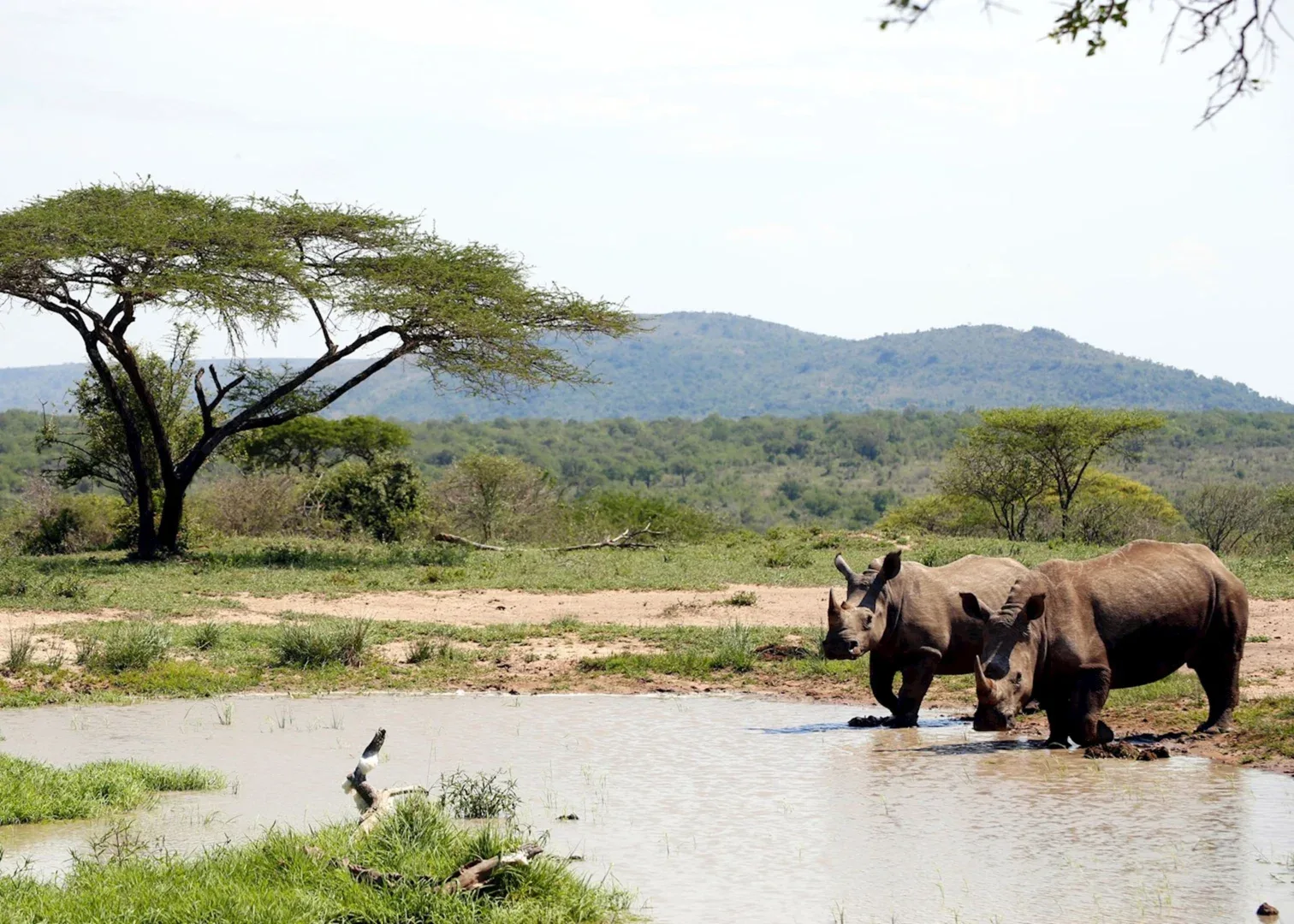
Hluhluwe-iMfolozi Park in South Africa offers walking safaris in the heart of Zululand, providing opportunities to encounter Big Five animals on foot. Prices for walking safaris in Hluhluwe-iMfolozi Park typically range from $200 to $350 per person per day, including accommodations, meals, and guided walks.
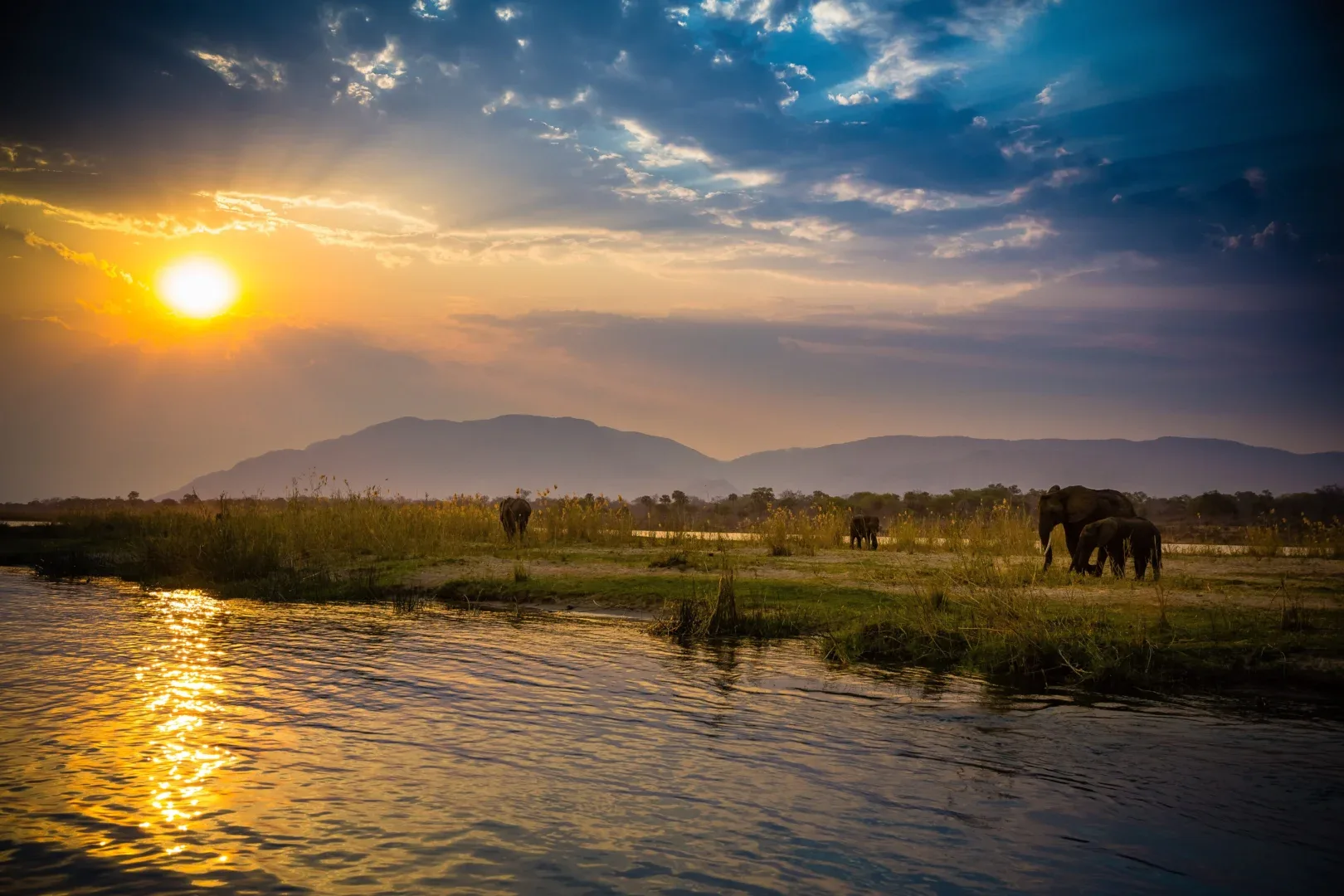 Lower Zambezi National Park offers walking safaris along the banks of the Zambezi River, allowing travelers to explore diverse habitats and encounter wildlife up close. Prices for walking safaris in Lower Zambezi National Park vary but generally range from $300 to $500 per person per day, including accommodations, meals, and guided walks.
Lower Zambezi National Park offers walking safaris along the banks of the Zambezi River, allowing travelers to explore diverse habitats and encounter wildlife up close. Prices for walking safaris in Lower Zambezi National Park vary but generally range from $300 to $500 per person per day, including accommodations, meals, and guided walks.
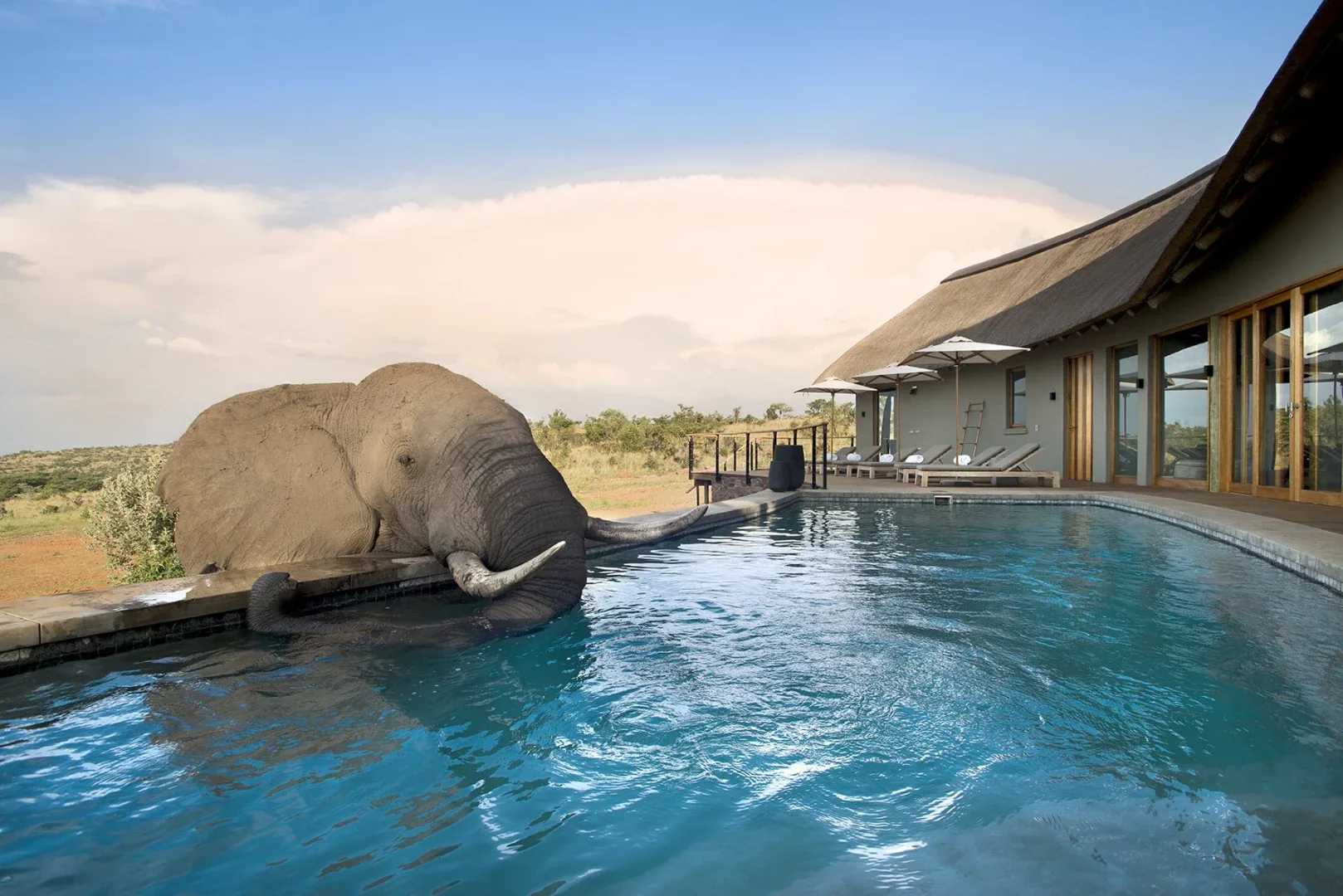 Phinda Private Game Reserve in South Africa offers exclusive walking safaris led by expert guides, providing opportunities to track wildlife and learn about the region’s conservation efforts. Prices for walking safaris in Phinda Private Game Reserve start at around $400 to $600 per person per day, including accommodations, meals, and guided walks.
Phinda Private Game Reserve in South Africa offers exclusive walking safaris led by expert guides, providing opportunities to track wildlife and learn about the region’s conservation efforts. Prices for walking safaris in Phinda Private Game Reserve start at around $400 to $600 per person per day, including accommodations, meals, and guided walks.
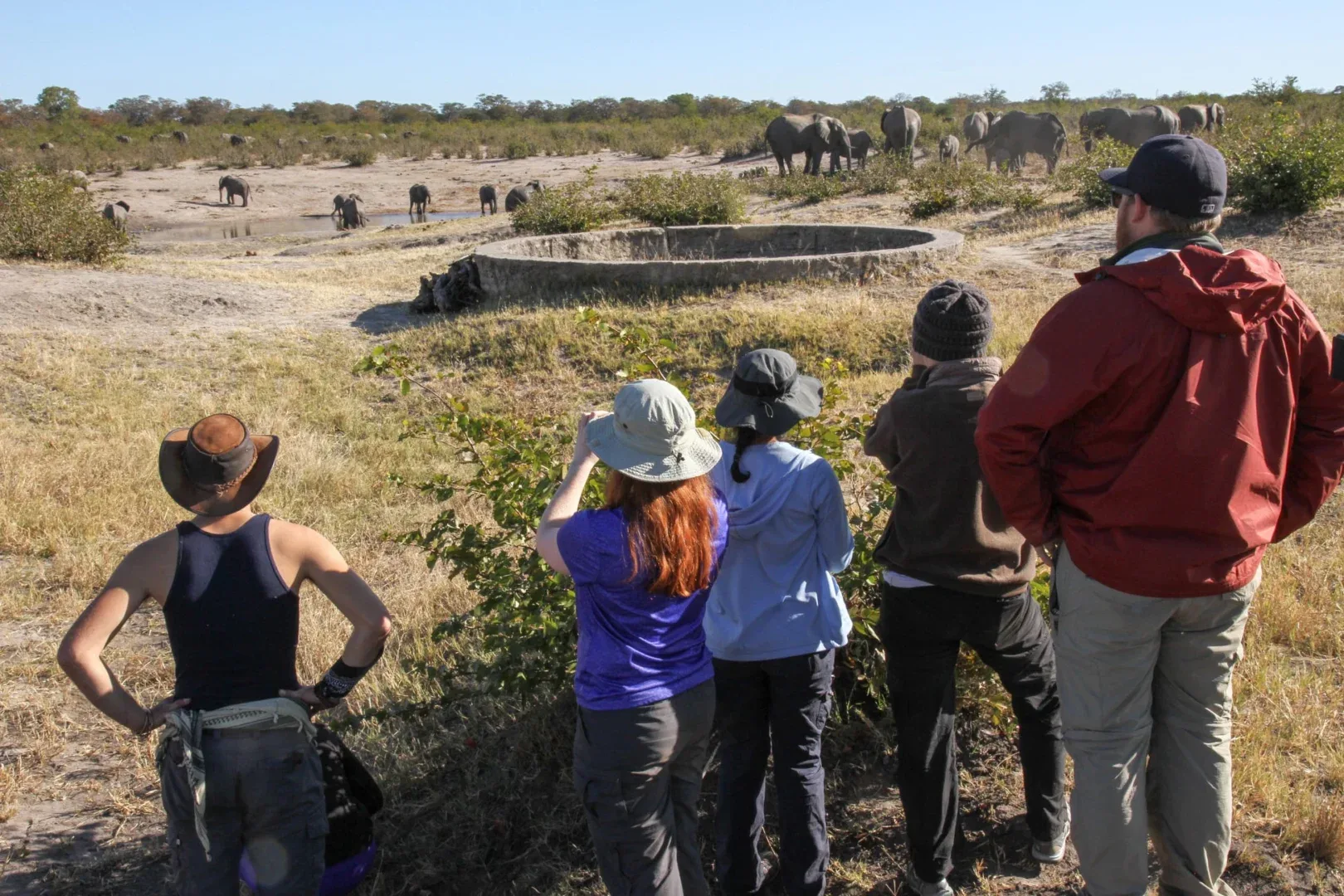 Classic walking safaris involve exploring the African wilderness on foot with experienced guides. Participants walk through diverse habitats, encountering wildlife and learning about the local flora and fauna. These safaris typically focus on immersing travelers in nature and providing intimate wildlife encounters.
Classic walking safaris involve exploring the African wilderness on foot with experienced guides. Participants walk through diverse habitats, encountering wildlife and learning about the local flora and fauna. These safaris typically focus on immersing travelers in nature and providing intimate wildlife encounters.

Specialty walking safaris cater to specific interests or themes, such as birdwatching, tracking, or photography. These safaris are led by expert guides with specialized knowledge in the chosen area of interest, providing participants with opportunities to pursue their passions while exploring the African bush on foot.
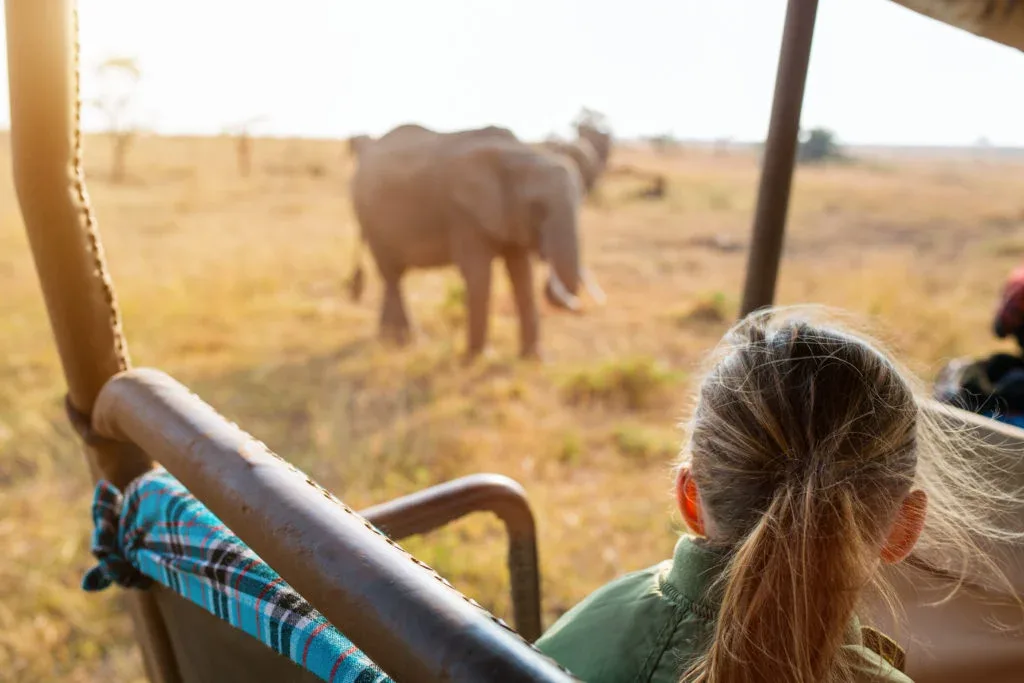
Multi-day walking safaris involve extended treks through remote wilderness areas, with participants camping in the bush overnight. These safaris offer a deeper immersion into the wilderness, allowing travelers to cover greater distances and explore more remote and pristine habitats over several days.
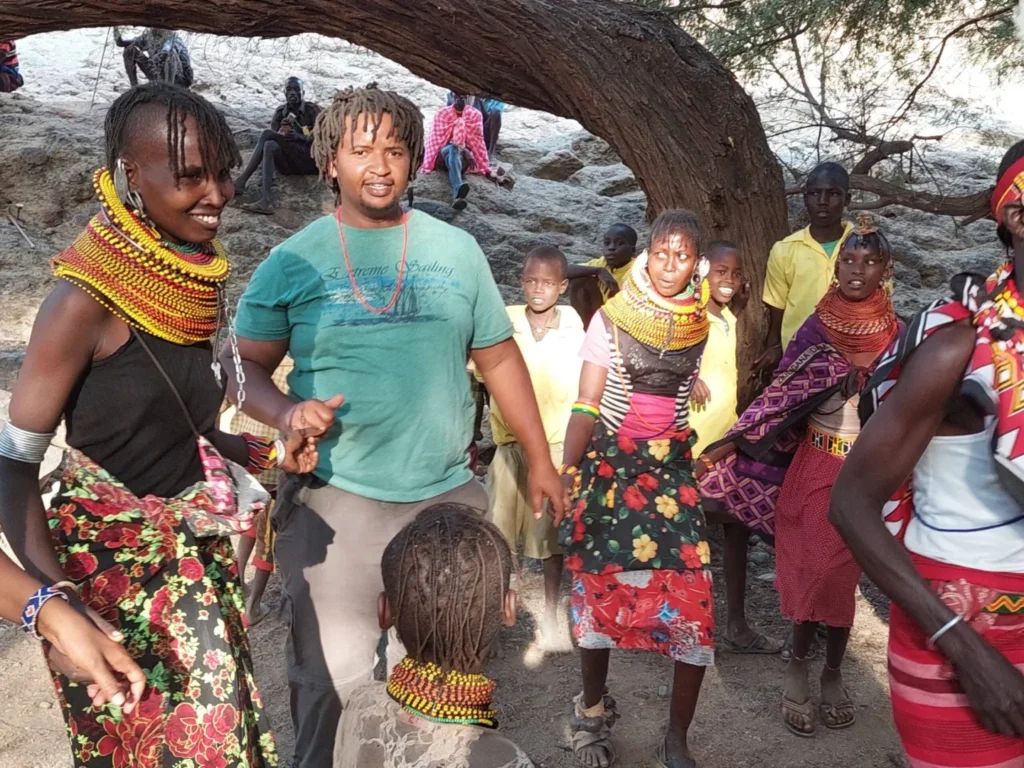
Cultural walking safaris combine wildlife viewing with cultural experiences, allowing participants to interact with local communities and learn about their traditions and way of life. These safaris often include visits to indigenous villages, cultural performances, and opportunities to engage with local guides and artisans.
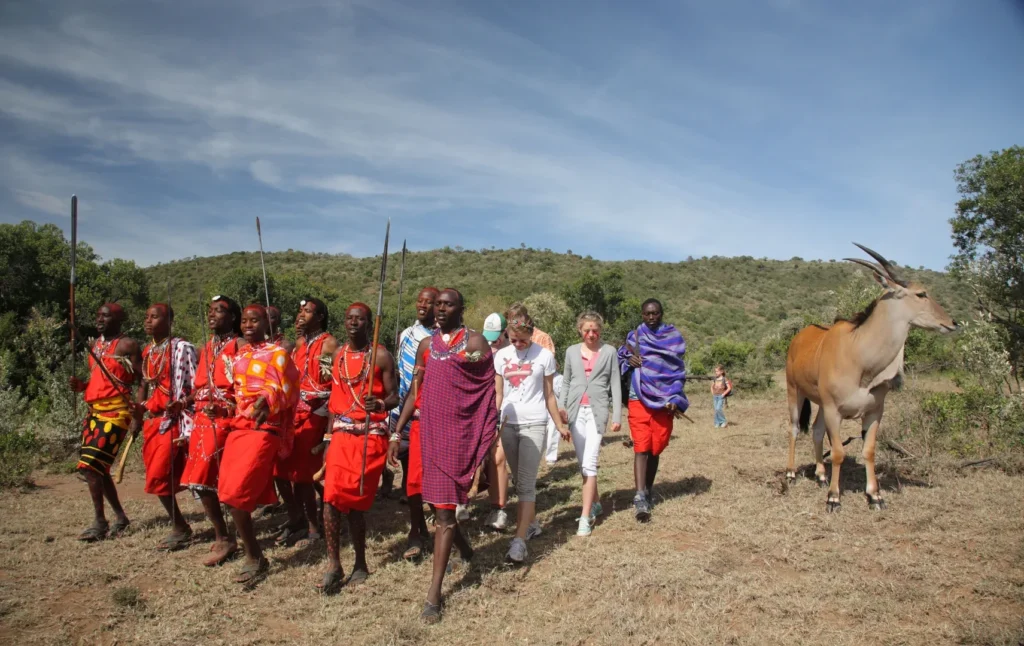
Luxury walking safaris offer a high-end experience with premium accommodations, gourmet meals, and exclusive wildlife encounters. Participants enjoy guided walks through scenic landscapes, with the option to return to luxurious lodges or tented camps for relaxation and pampering after a day of exploration.

Africa walking safaris offer an unparalleled opportunity to experience the continent’s wilderness in a unique and intimate way. Unlike traditional game drives, walking safaris allow travelers to immerse themselves in the sights, sounds, and scents of the African bush as they explore on foot. Led by experienced guides, these safaris provide an authentic and adventurous experience, allowing participants to connect with nature, encounter wildlife up close, and gain a deeper understanding of Africa’s ecosystems and wildlife conservation efforts.
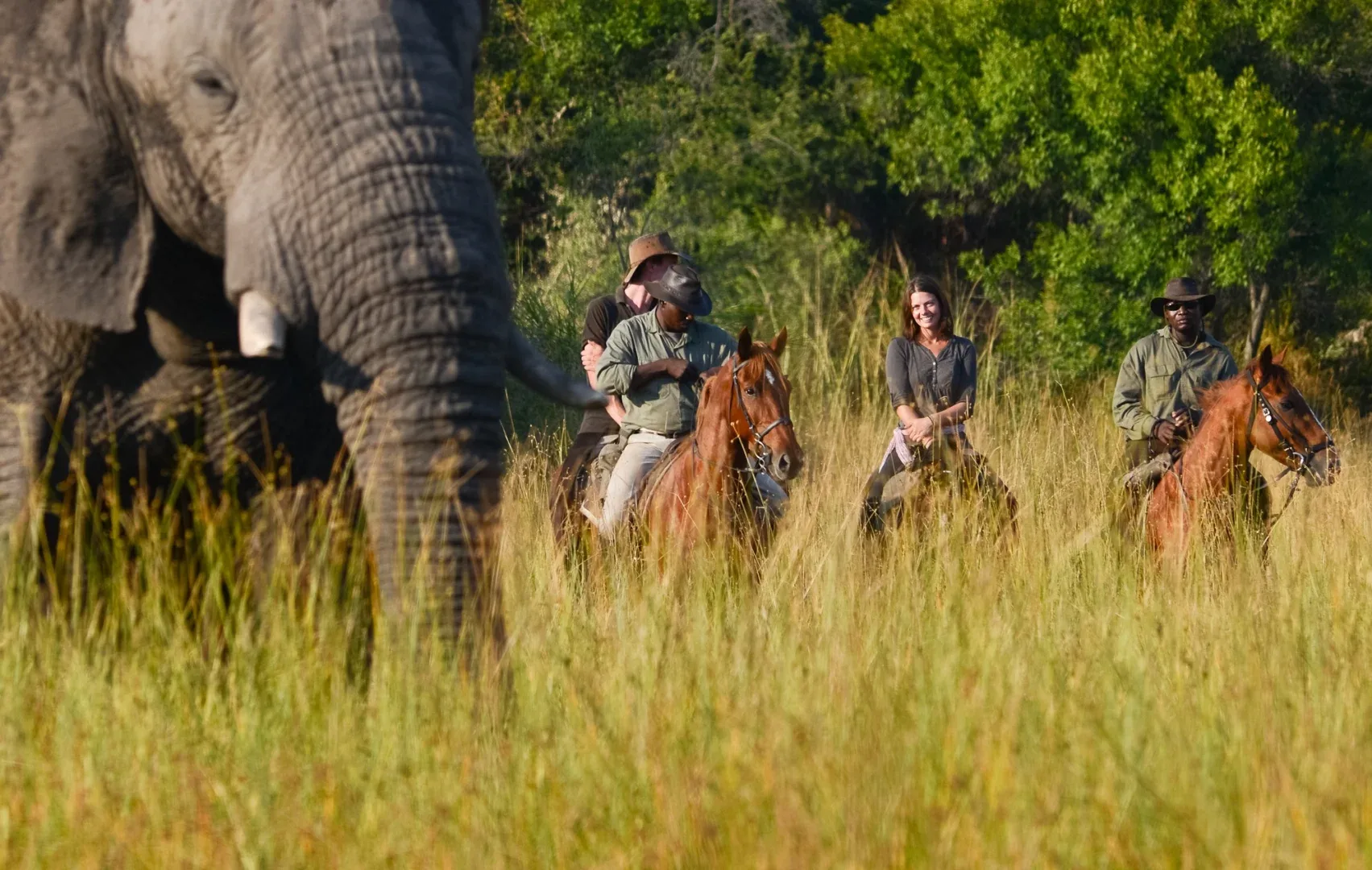 Africa walking safaris provide the chance to encounter wildlife in their natural habitat at eye level. From observing elephants browsing on acacia trees to tracking lions through the grasslands, walking safaris offer intimate and exhilarating wildlife encounters that cannot be replicated from a vehicle.
Africa walking safaris provide the chance to encounter wildlife in their natural habitat at eye level. From observing elephants browsing on acacia trees to tracking lions through the grasslands, walking safaris offer intimate and exhilarating wildlife encounters that cannot be replicated from a vehicle.
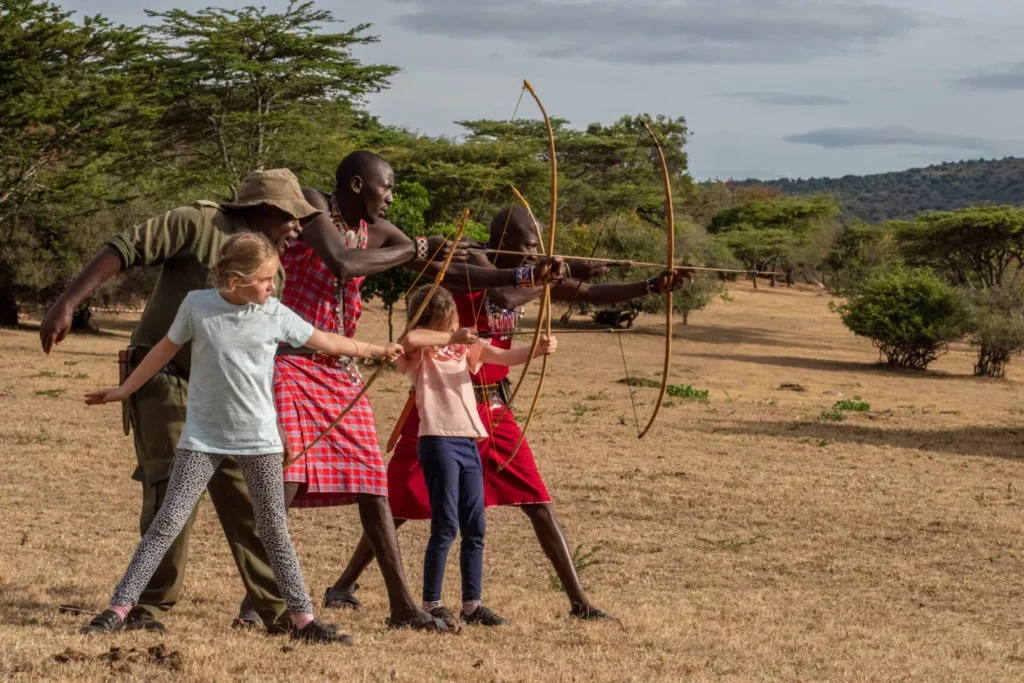
Walking safaris are led by knowledgeable and experienced guides who are trained in tracking animals, identifying flora and fauna, and ensuring the safety of participants. These expert guides enhance the safari experience by sharing their wealth of knowledge about the bush, wildlife behavior, and conservation efforts.
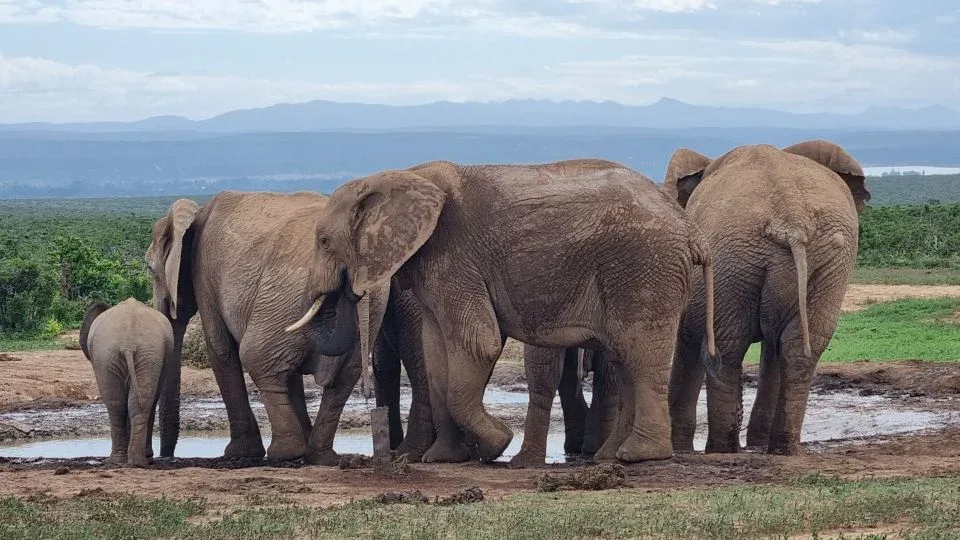
Walking safaris offer a truly immersive experience, allowing participants to engage with the sights, sounds, and smells of the African wilderness. Walking through diverse landscapes such as savannahs, forests, and riverbanks, travelers have the opportunity to appreciate the intricate details of nature and gain a deeper connection to the environment.
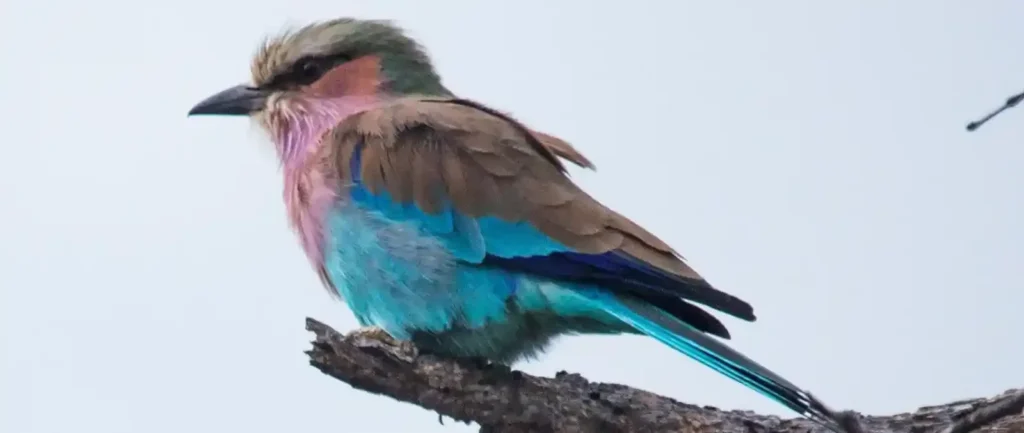
Unlike game drives, walking safaris offer greater flexibility and freedom to explore off-the-beaten-path areas and follow animal tracks into remote wilderness areas. Participants can set their own pace, stop to observe wildlife or photograph landscapes, and truly savor the serenity of the African bush.
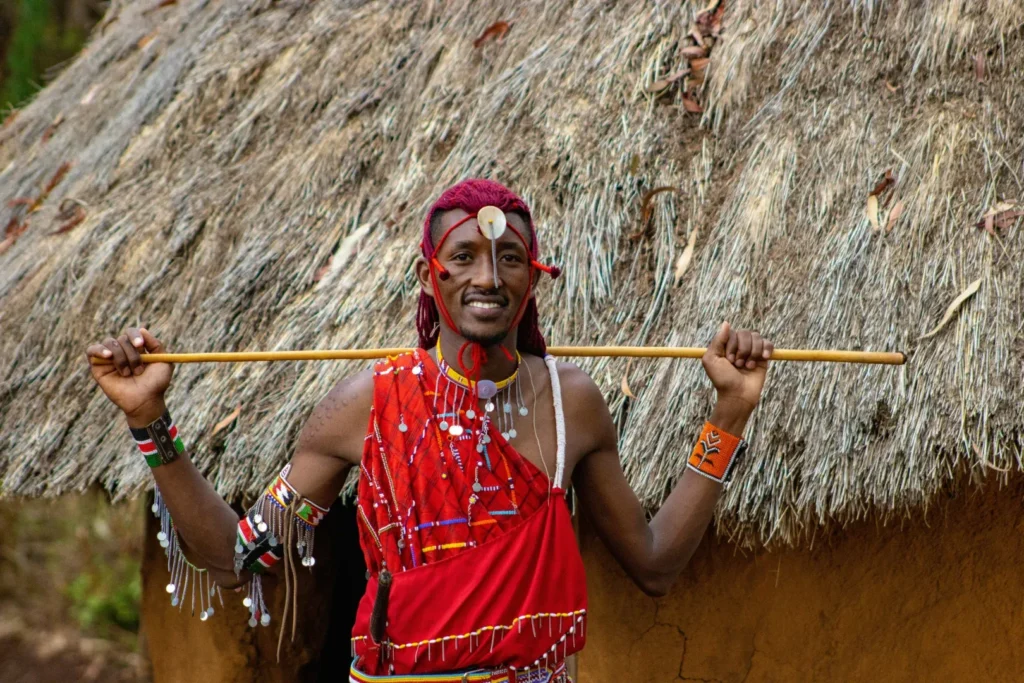
Many walking safaris incorporate cultural experiences, allowing participants to interact with local communities and learn about their traditional lifestyles and customs. Whether visiting a Maasai village in Kenya or a San Bushman settlement in Botswana, cultural encounters add depth and richness to the safari experience.
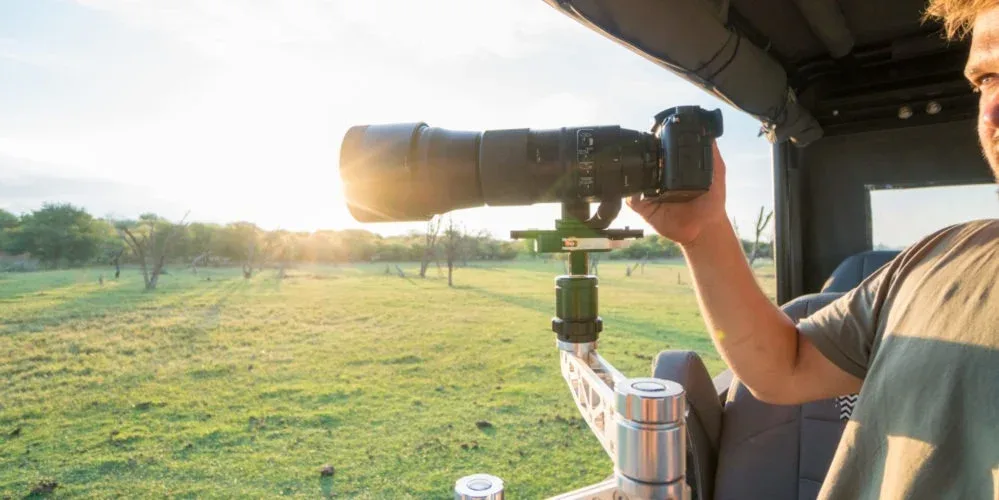
Africa walking safaris promote conservation awareness by fostering a deeper appreciation for the natural world and the importance of protecting wildlife habitats. Participants learn about the challenges facing Africa’s ecosystems and wildlife, as well as the efforts being made to conserve and preserve these precious resources for future generations.